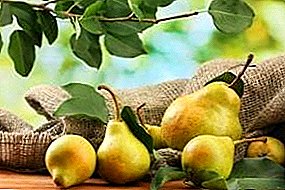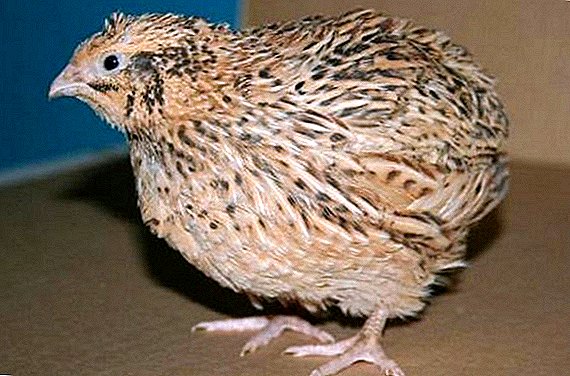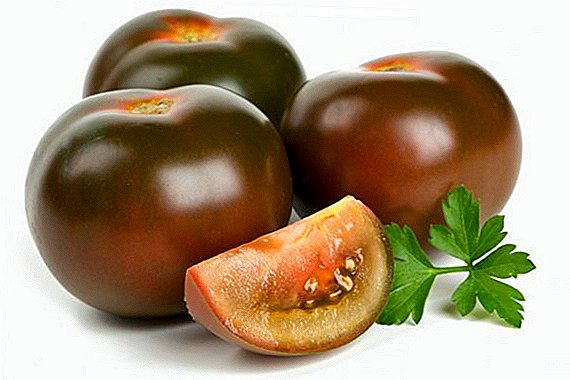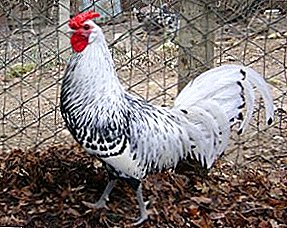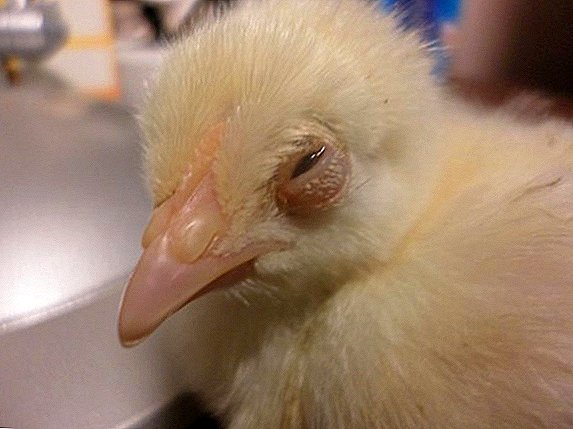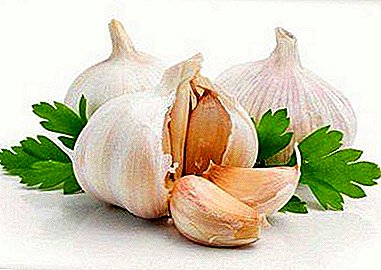
Garlic is a very useful vegetable that housewives use when cooking various dishes, like seasoning. It contains many vitamins and about four hundred trace elements, including vitamins of group "B", selenium, magnesium, phosphorus, phytoncides, nicotinic acid, and also is a natural antibiotic.
In addition, a large amount of vitamin "C", potassium and calcium contained in garlic, will be useful not only for adults but also for children. Can I give it to a child? How old and how much? About this, and not only, will be discussed in this article.
Causes of age restrictions
Some parents are in a hurry to introduce garlic into the kid's diet, trying to fool the little one by hiding a vegetable in cooked dishes.
Is this vegetable allowed in the baby’s diet?
Giving garlic to children is possible and necessary. It is very useful, but it should be entered gradually in the menu of the child. And in no case do not give this sharp vegetable to the baby fresh, as an independent product.
- liver disease;
- pancreatitis and cholecystitis;
- pregnancy and breastfeeding;
- gout;
- type 1 and type 2 diabetes;
- increased or reduced pressure.
Is it possible for babies to smell it?
Do not give babies smell garlic. During breastfeeding, the child receives all the necessary substances, both for their development and for the formation of immunity, thanks to the immunoglobulins contained in breast milk. The longer a mother will breastfeed her baby, the more resistant her body will be to various infections and viruses and without garlic.
Since how old is allowed to use?
In food
From exactly what age is a sharp vegetable allowed to eat? Garlic, which is thermally processed, can be introduced to the baby’s menu not earlier than 8-9 months and exclusively boiled, gradually added to the soup or mixed into main dishes. Fresh vegetable is allowed to give the baby no earlier than three years, because garlic is a heavy product for the developing stomach and intestines of a child, despite its usefulness.
For treatment
 Garlic has bactericidal properties, antifungal and antiviral action. The essential oils and allicin contained in its composition have a negative effect on the airborne viruses, fungi and bacteria. Therefore, garlic works as a prophylactic agent for various infectious diseases, as well as an auxiliary therapeutic agent for the flu, colds and the common cold.
Garlic has bactericidal properties, antifungal and antiviral action. The essential oils and allicin contained in its composition have a negative effect on the airborne viruses, fungi and bacteria. Therefore, garlic works as a prophylactic agent for various infectious diseases, as well as an auxiliary therapeutic agent for the flu, colds and the common cold.
With the help of garlic you can rid the child of intestinal parasites (worms), and it is also useful to give it to the child to prevent the occurrence of parasitic invasions.
Garlic syrup can be prepared for children with poor immunity.: 500 g of honey - juice from two heads of garlic and one lemon. One tablespoon per day of this syrup will save the baby from viral diseases, increasing the protective functions of his body.
As with any other folk medicine, garlic has contraindications that apply to children.
Important! Do not exceed the allowable dose, as this can lead to heartburn and disruption of the heart.
There are diseases in which the use of this product is prohibited:
- gastritis and gastric ulcer (how to eat garlic, so as not to harm the affected gastric walls, you can find here);
- kidney disease;
- dermatitis in the period of exacerbation;
- epilepsy;
- body temperature above 38 degrees Celsius.
Possible harm
You can not give your child to eat garlic at an early age, as it can harm not only his health, but also cause mental disorders. A small body does not know how to produce the enzymes necessary for digestion of this useful, but heavy product, therefore it can cause irritation of the mucous membrane of the stomach and intestines, therefore, it should be especially careful to give garlic to a child who has problems with the gastrointestinal tract.
Garlic is a biologically active product that can cause an allergic reaction in a child. This can manifest in the form of skin rashes, swelling of the respiratory tract and tissues. The reaction can occur suddenly and cause anaphylactic shock in the child.
The maximum allowable dosage based on age
There are certain allowable rates of garlic use for children of different ages.which should be followed.
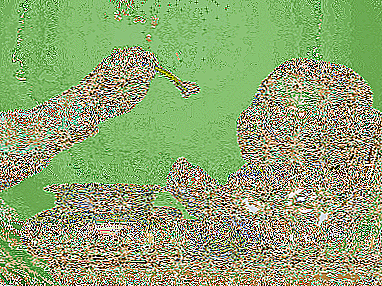 When the baby is 8-9 months old, you can add ½ cloves of garlic to vegetable puree, cereals, meat dishes, soups, but not more than twice a week.
When the baby is 8-9 months old, you can add ½ cloves of garlic to vegetable puree, cereals, meat dishes, soups, but not more than twice a week.Children up to three years can be given garlic only in a thermally processed form!
- Starting from the age of three, you can add this healthy fresh vegetable to salads, meat dishes. You can rub a crust of bread with a chunk. The norm for this age is one tooth not more than three times a week.
- For children ages 10 and older, the daily maximum amount of garlic should not exceed three cloves. Excess doses may harm the health of the child.
Important! Eating garlic before bedtime can make it hard to fall asleep and cause heartburn.
Conclusion
Before you start to enter garlic in the kid's menu, weigh all the pros and cons of its usefulness for him. It would be better if parents consult a pediatrician. If the child does not have any contraindications to its use, then you can begin to gradually accustom the child to such a useful product.


 When the baby is 8-9 months old, you can add ½ cloves of garlic to vegetable puree, cereals, meat dishes, soups, but not more than twice a week.
When the baby is 8-9 months old, you can add ½ cloves of garlic to vegetable puree, cereals, meat dishes, soups, but not more than twice a week.